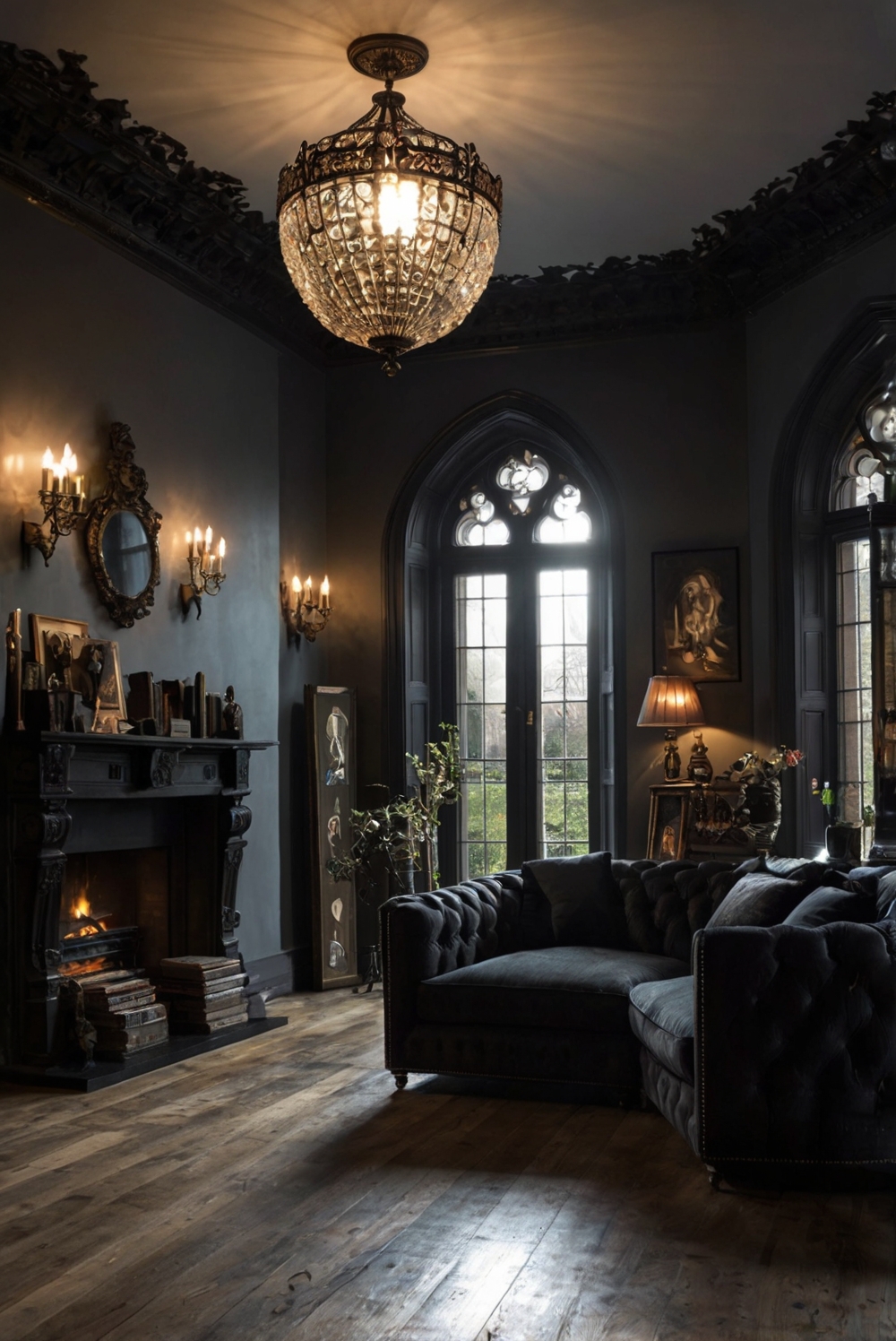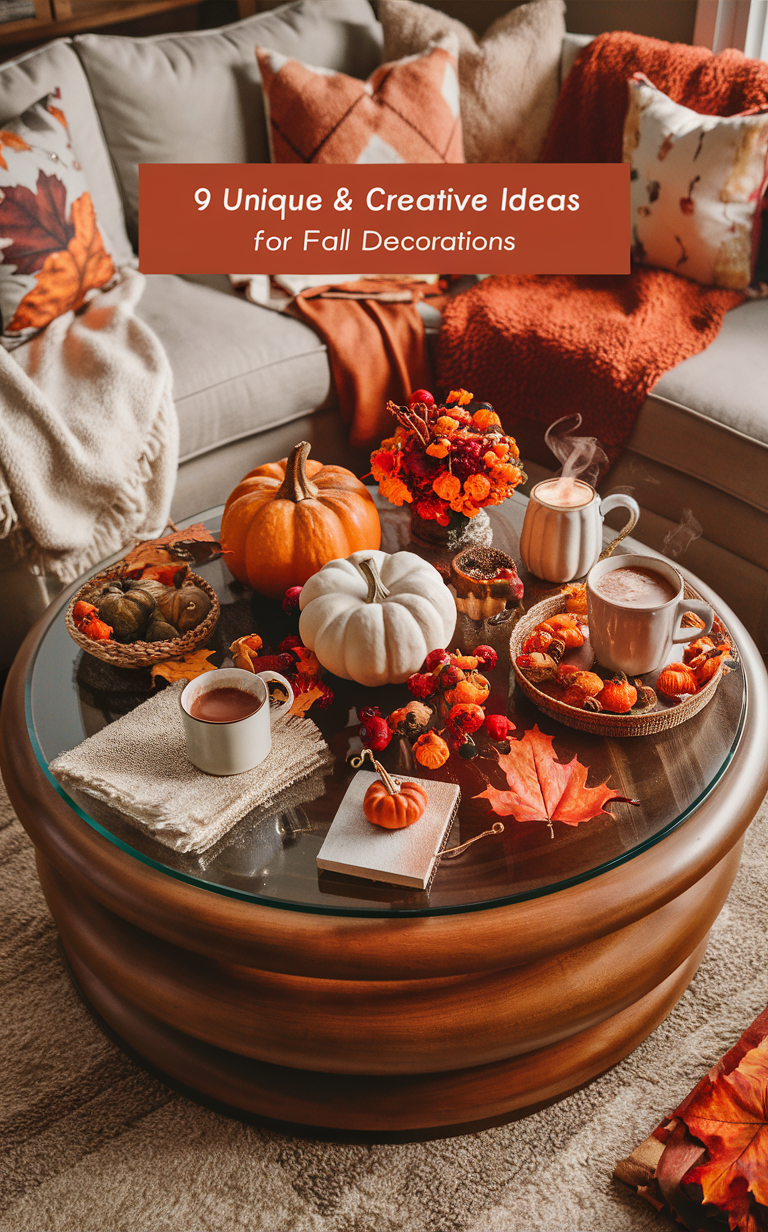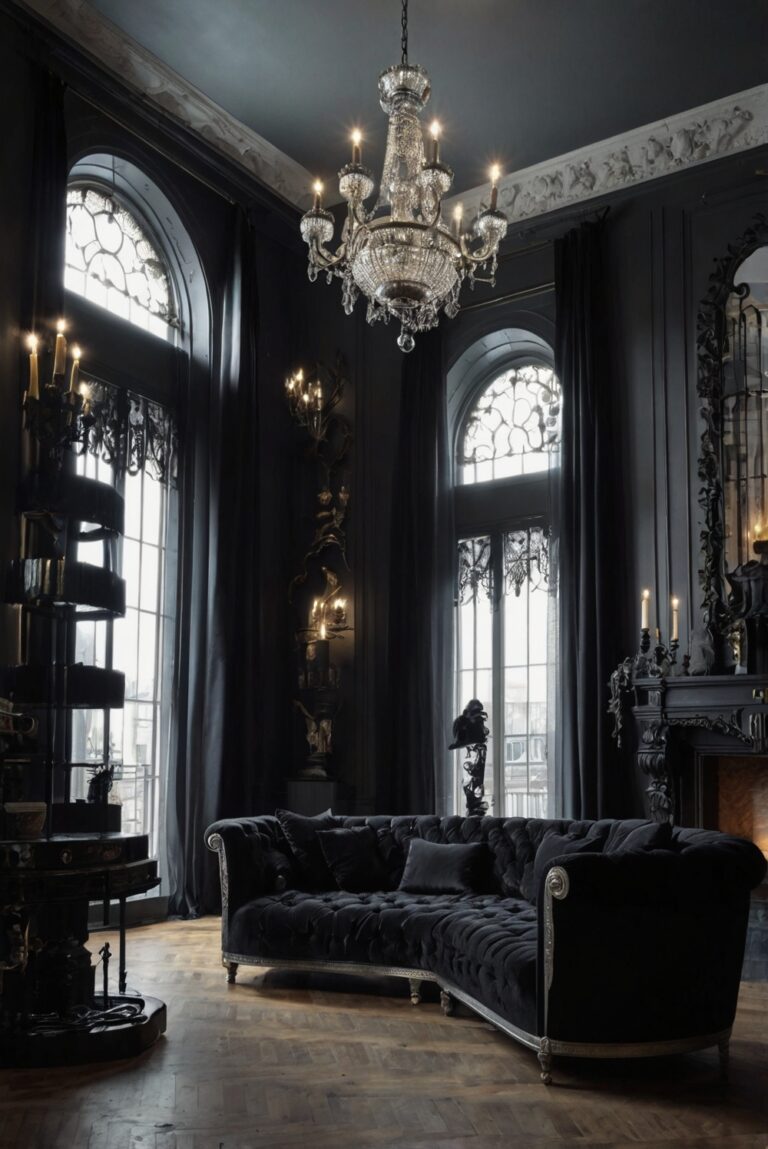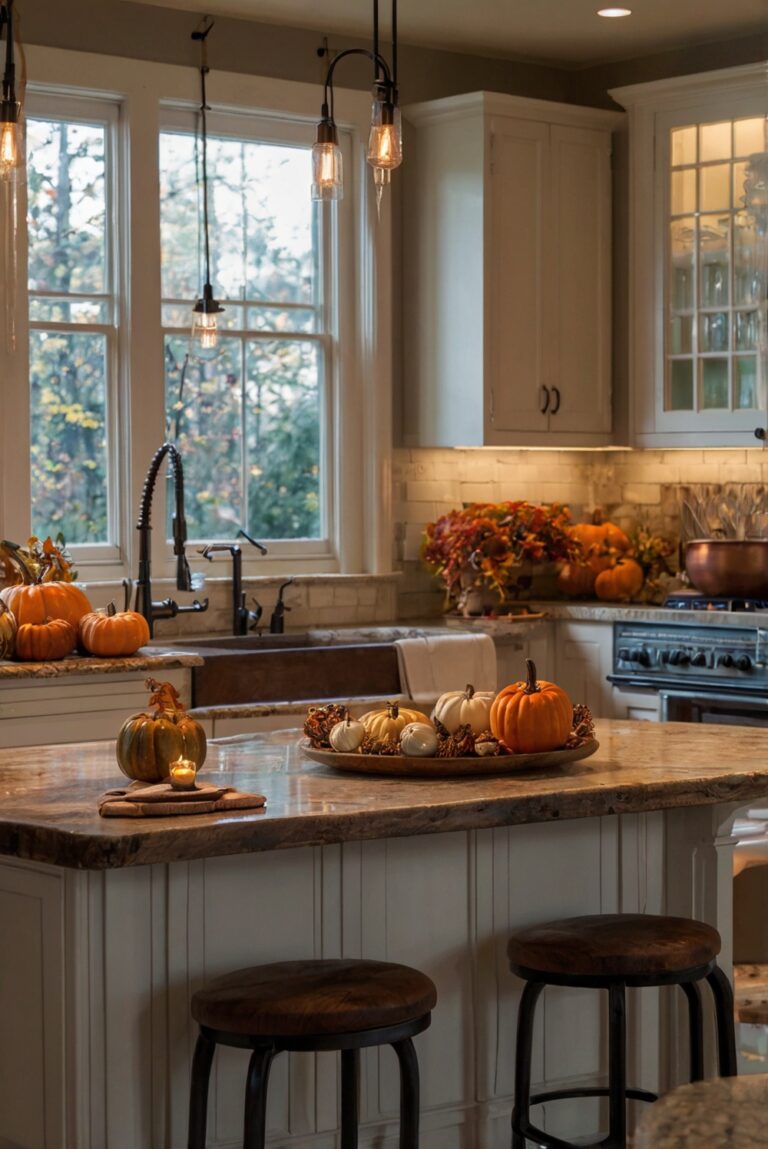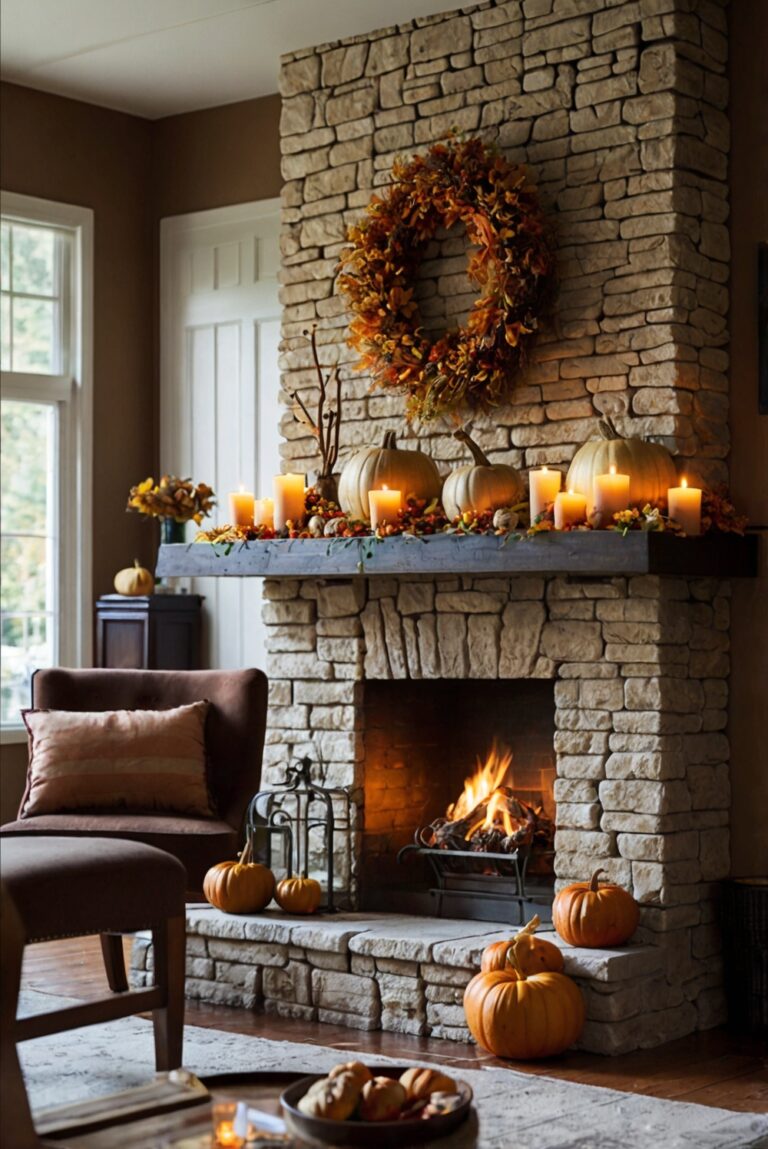Step into the world of Gothic living rooms! 5 bold ideas to elevate your space.
Gothic Living Rooms: 5 Ideas for a Bold Statement
Gothic Living Rooms: 5 Ideas for a Bold Statement
Incorporating Gothic elements into your living room can make a bold statement. Some ideas to achieve this look include using dark and rich colors, adding intricate patterns and textures, incorporating dramatic lighting fixtures, using ornate furniture pieces, and incorporating gothic-inspired artwork or decorations. When it comes to home decorating, integrating gothic elements can create a unique atmosphere that exudes sophistication and mystery. To enhance your home interior design, consider space planning to ensure each element complements the overall aesthetic. Pay attention to details such as color matching for painting walls or selecting the right primer. A well-designed space can significantly impact the ambiance of your living room.
Gothic Living Rooms: 5 Ideas for a Bold Statement
Are you tired of the same old, boring living room decor? Want to make a bold statement with your interior design? Look no further than gothic living rooms. Embracing dark, dramatic, and moody elements, gothic style can add a touch of mystery and sophistication to your home. In this article, we will explore five ideas for creating a gothic living room that will leave your guests in awe.
1. Dark Color Palette
When it comes to gothic living rooms, the color palette is key. Embrace deep, dark colors such as black, deep purple, burgundy, and charcoal grey to create a moody atmosphere. These rich hues will add depth and drama to your space, setting the perfect backdrop for your gothic decor. Pair these dark colors with metallic accents in silver or gold to add a touch of glamour.
2. Statement Furniture Pieces
Gothic living rooms are all about making a statement, and your furniture should reflect that. Invest in bold, ornate furniture pieces such as a velvet sofa with intricate carvings, a grandiose chandelier, or a gothic-style bookcase. These pieces will not only add character to your space but also create a sense of opulence and grandeur. Don’t be afraid to mix and match different styles to create a unique and eclectic look.
3. Moody Lighting
Lighting plays a crucial role in setting the mood in a gothic living room. Opt for dim, ambient lighting with candles, sconces, and statement lamps to create a mysterious and atmospheric feel. Consider installing a dramatic chandelier or pendant light as a focal point in the room. Place candles in ornate candle holders around the space to add a touch of romance and intrigue.
4. Gothic Accessories
To truly embrace the gothic style in your living room, incorporate gothic accessories such as skulls, taxidermy, antique mirrors, and vintage artwork. These elements will add a macabre and whimsical touch to your space, creating a sense of mystery and intrigue. Mix in plush velvet throw pillows, faux fur rugs, and ornate tapestries to add texture and warmth to the room.
5. Dark and Dramatic Fabrics
When it comes to textiles in a gothic living room, think dark and dramatic. Opt for luxurious fabrics such as velvet, silk, and brocade in deep, rich colors. Choose curtains, throw blankets, and upholstery in bold patterns like damask, paisley, or floral motifs to add visual interest and texture. Layer different fabrics and textures to create a sumptuous and inviting space that is both elegant and edgy.
In conclusion, gothic living rooms offer a unique and bold approach to interior design. By embracing dark colors, statement furniture pieces, moody lighting, gothic accessories, and dramatic fabrics, you can create a space that is both sophisticated and mysterious. Whether you are a fan of the gothic aesthetic or simply looking to add a touch of drama to your home, these ideas will help you create a living room that makes a bold statement. Embrace your inner goth and transform your living room into a space that is truly one-of-a-kind.
1. Why are Gothic living rooms considered controversial?
Gothic living rooms are often viewed as controversial due to their dark and dramatic aesthetic. The use of bold colors like black, deep purples, and dark reds can be polarizing, as some people may find them too intense or gloomy for a living space. Additionally, Gothic decor often incorporates elements like skulls, crosses, and other symbols associated with death and the macabre, which can be off-putting to some individuals. However, for those who appreciate Gothic style, these elements contribute to a unique and edgy atmosphere that makes a bold statement in home decor.
2. How can color hues enhance the Gothic aesthetic in living rooms?
Color hues play a crucial role in creating a Gothic living room that makes a bold statement. Dark, rich colors like black, deep reds, purples, and greens are commonly used in Gothic decor to evoke a sense of drama and sophistication. These colors can be incorporated through wall paint, furniture upholstery, curtains, and decor accessories to create a cohesive and immersive Gothic atmosphere. Additionally, contrasting colors like gold, silver, or white can be used to add visual interest and create a striking color palette that enhances the overall Gothic aesthetic.
3. What are some key elements to consider when designing a Gothic living room?
When designing a Gothic living room for a bold statement, there are several key elements to consider. Firstly, furniture choices should be ornate and luxurious, with dark wood finishes, velvet upholstery, and intricate detailing to create a sense of opulence. Lighting is another crucial aspect, with chandeliers, sconces, and candles adding to the dramatic ambiance of the space. Decor accessories like gothic artwork, antique mirrors, and vintage rugs can further enhance the Gothic aesthetic and tie the room together. Finally, incorporating elements like wrought iron accents, stained glass windows, and dark floral patterns can add depth and texture to the space.
4. How can one effectively use texture in a Gothic living room?
Texture plays a vital role in creating a visually engaging Gothic living room that makes a bold statement. To effectively use texture in a Gothic space, consider incorporating a variety of tactile elements like velvet, leather, silk, and faux fur. These textures can be introduced through furniture upholstery, throw pillows, curtains, and rugs to add depth and dimension to the room. Additionally, incorporating textured wall coverings like damask wallpaper, exposed brick, or stone accents can further enhance the Gothic aesthetic and create a sense of richness and complexity in the space. By layering different textures strategically, you can create a visually compelling and inviting atmosphere in your Gothic living room.
5. What are some tips for creating a cohesive Gothic living room design?
To create a cohesive Gothic living room design that makes a bold statement, it’s essential to pay attention to details and ensure that every element works together harmoniously. Start by establishing a color palette that includes dark, rich hues and complementary accents to create a cohesive and immersive atmosphere. Choose furniture pieces that reflect the Gothic aesthetic, such as ornate sofas, velvet armchairs, and dark wood coffee tables, to establish a strong foundation for the room. Incorporate decor accessories like candelabras, vintage clocks, and gothic artwork to add personality and character to the space. Finally, pay attention to lighting, texture, and layout to create a visually dynamic and inviting Gothic living room that truly makes a bold statement.

